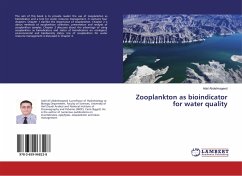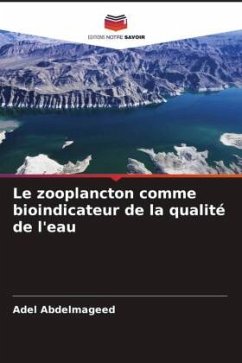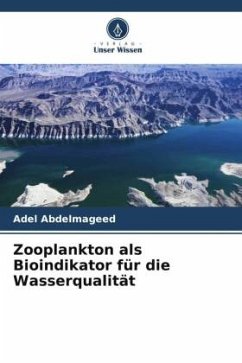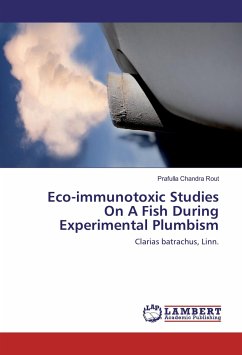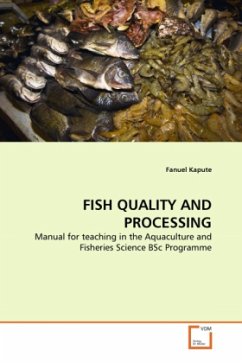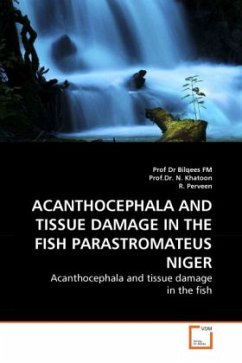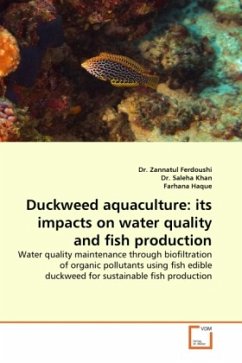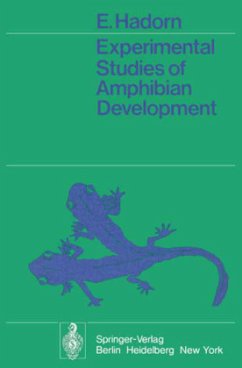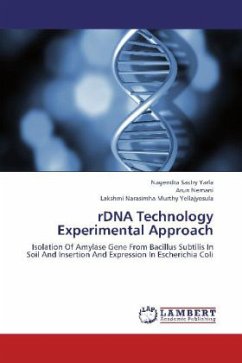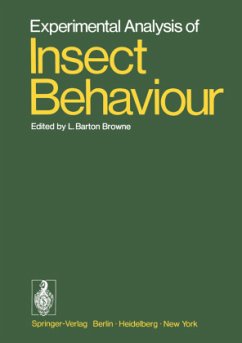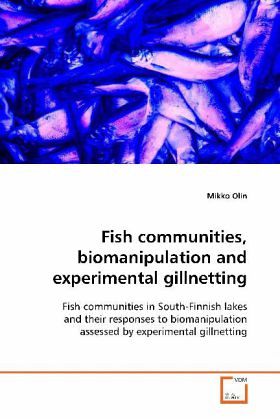
Fish communities, biomanipulation and experimental gillnetting
Fish communities in South-Finnish lakes and their responses to biomanipulation assessed by experimental gillnetting
Versandkostenfrei!
Versandfertig in 6-10 Tagen
39,99 €
inkl. MwSt.

PAYBACK Punkte
20 °P sammeln!
Biomanipulation, by removing planktivorous and benthivorous fish, has proved to be an effective method for restoration of eutrophicated lakes. Despite the increasing knowledge of complex food webs in lakes, problems and uncertainty have remained. Some of the main questions are related to fish and their role in attaining the objectives or sustaining the improvements. This book summarizes the results of a research program that concentrated on the characteristics of the fish community, gillnet test-fishing as a sampling method, and responses to biomanipulation in several South-Finnish lakes. Acco...
Biomanipulation, by removing planktivorous and
benthivorous fish, has proved to be an effective
method for restoration of eutrophicated lakes.
Despite the increasing knowledge of complex food
webs in lakes, problems and uncertainty have
remained. Some of the main questions are related to
fish and their role in attaining the objectives or
sustaining the improvements. This book summarizes
the results of a research program that concentrated
on the characteristics of the fish community,
gillnet test-fishing as a sampling method, and
responses to biomanipulation in several South-
Finnish lakes. According to this study, fish biomass
and community structure can depend, besides on the
nutrient concentration, also on the lake area and
depth, and turbidity. Effective biomanipulation can
change the fish community towards lower dominance of
cyprinids and the resultant reduced biomass of
cyanobacteria and shortened duration of the blooms.
benthivorous fish, has proved to be an effective
method for restoration of eutrophicated lakes.
Despite the increasing knowledge of complex food
webs in lakes, problems and uncertainty have
remained. Some of the main questions are related to
fish and their role in attaining the objectives or
sustaining the improvements. This book summarizes
the results of a research program that concentrated
on the characteristics of the fish community,
gillnet test-fishing as a sampling method, and
responses to biomanipulation in several South-
Finnish lakes. According to this study, fish biomass
and community structure can depend, besides on the
nutrient concentration, also on the lake area and
depth, and turbidity. Effective biomanipulation can
change the fish community towards lower dominance of
cyprinids and the resultant reduced biomass of
cyanobacteria and shortened duration of the blooms.



